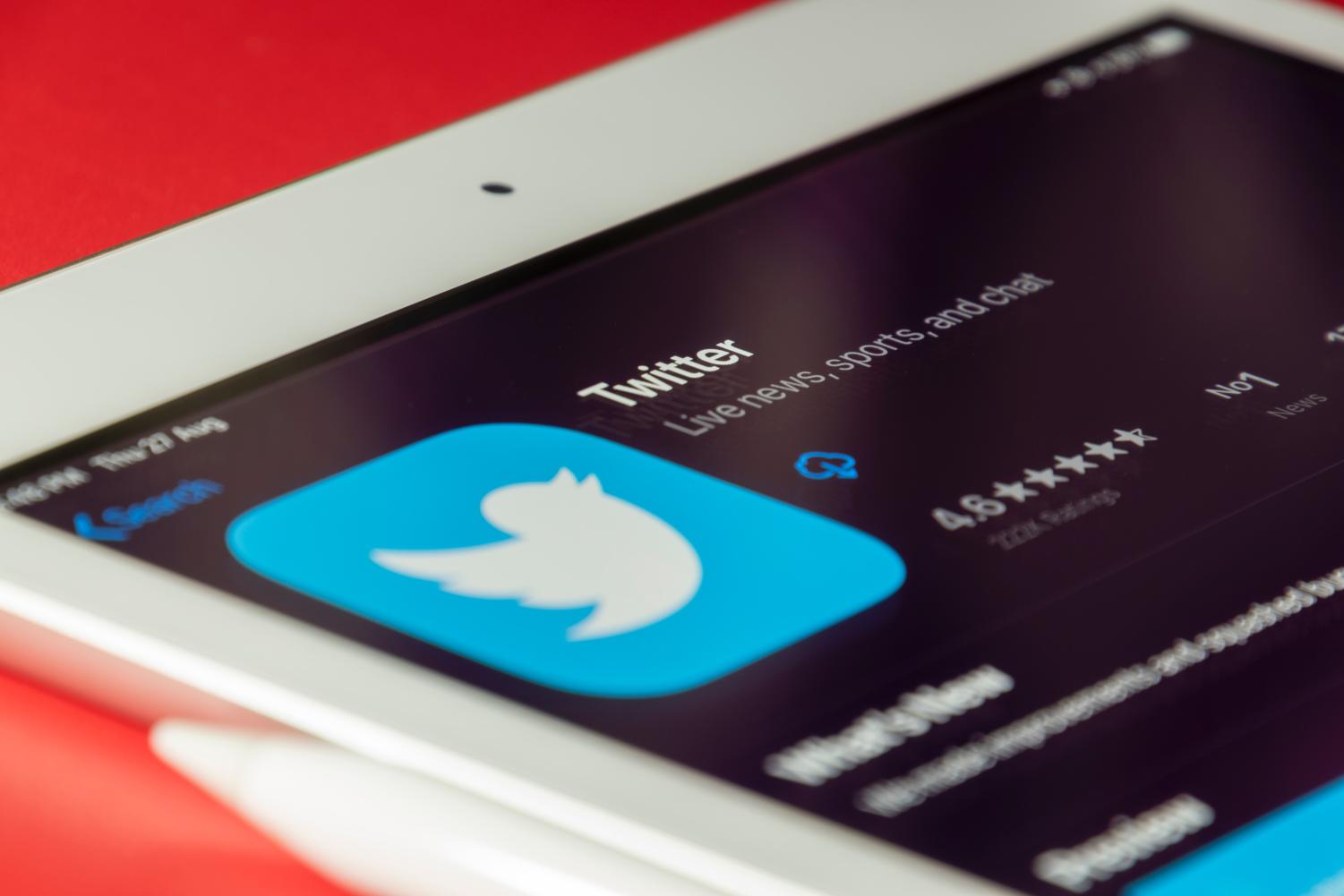Twitter (Elon’s Version)
March 8, 2023
In early 2022, Elon Musk, CEO of Tesla and SpaceX, criticized Twitter for is policies surrounding free speech. Musk, a self-declared free-speech absolutist, envisioned a platform where people could speak freely and wouldn’t be censored by a central authority. Then, Musk put his money where his mouth is.
In April, a securities filing revealed that Musk was Twitter’s largest shareholder, holding 9% of the company. He was then invited to join Twitter’s Board of Directors, an invitation he declined. In a turn of events, Musk offered to purchase Twitter at $54.20 per share, totaling around $44 billion. After much deliberation, Twitter’s board publicly and unanimously accepted Musk’s buyout offer. But no one is immune to buyer’s remorse.
Trying to find a way out of the deal, Musk put the buyout on pause following reports that around 5% of Twitter’s active users are spam accounts (“bots”). On July 8th, Musk announced his intention to terminate the acquisition; however, Twitter’s chairman, Bret Taylor, said that the Board planned to pursue legal action to enforce the buyout. After a short-lived bout in the Delaware Chancery Court, Musk submitted a proposal to move forward with the original acquisition as long as Twitter dropped the lawsuit (which it did).
On October 27th, Musk and Twitter closed the deal. One of his first actions in his new role was his firing of their CEO Parag Agrawal, CFO Ned Segal, and general counsel Sean Edgett. Making good on his promise of free speech (albeit temporarily), Musk reinstated many previously banned accounts including that of former President Donald Trump. Musk put out a Twitter poll asking his followers what he should do regarding Trump’s banned account status. After 15 million votes, 52% of people voted to reinstate the former President. “Vox Populi, Vox Dei,” (voice of the people, voice of God) Musk wrote, and reinstated the account. Trump has not been active since his reinstatement.
Massive layoffs across the company sparked more debate, and amid the controversies, many Twitter advertisers began to flee. This posed a problem for Musk since advertisements are Twitter’s primary means of income. To combat this, he implemented a new program called Twitter Blue. Before his ownership, noteworthy, famous, and largely followed accounts could get verified for free and earn a blue check next to their name to signify their status. Now, anyone can receive a snazzy blue check to their name for $8 a month. While many refused on principle, others were happy to pay up.
Initially, it looked like Twitter Blue caused people to simply mimic famous personalities, leading to some hysterical tweets, but it also caused some more serious issues as well. For example, an account pretending to be the US-based weapons maker Lockheed Martin tweeted out, “We will begin halting all weapons sales to Saudi Arabia, Israel, and the United States until further investigation into their record of human rights abuses.” This spooked investors, leading to a massive fall in Lockheed’s share price.
In recent news, Musk is under heavy fire for suspending accounts that were “doxxing” (the act of publishing private or identifying information about a particular individual on the internet) his real-time location, which he deemed a personal safety threat. Further, Musk began suspending reporter accounts if they wrote news stories about the suspension or had previously written negatively about him. Reporters across many news outlets, including the New York Times and the Washington Post, saw their accounts suspended for simply reporting on the topic.
Many question if Musk has strayed from his original ideology of absolute free speech given all of his new restrictions. The future of Twitter is currently unknown, and the direction Musk is taking the media giant is a mysterious secret that we’ll all know soon enough.
